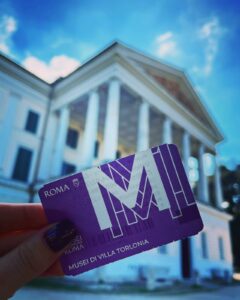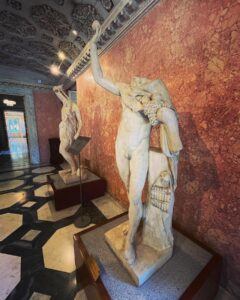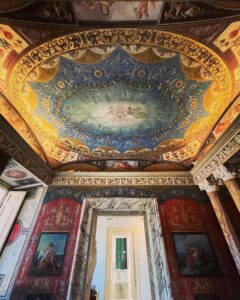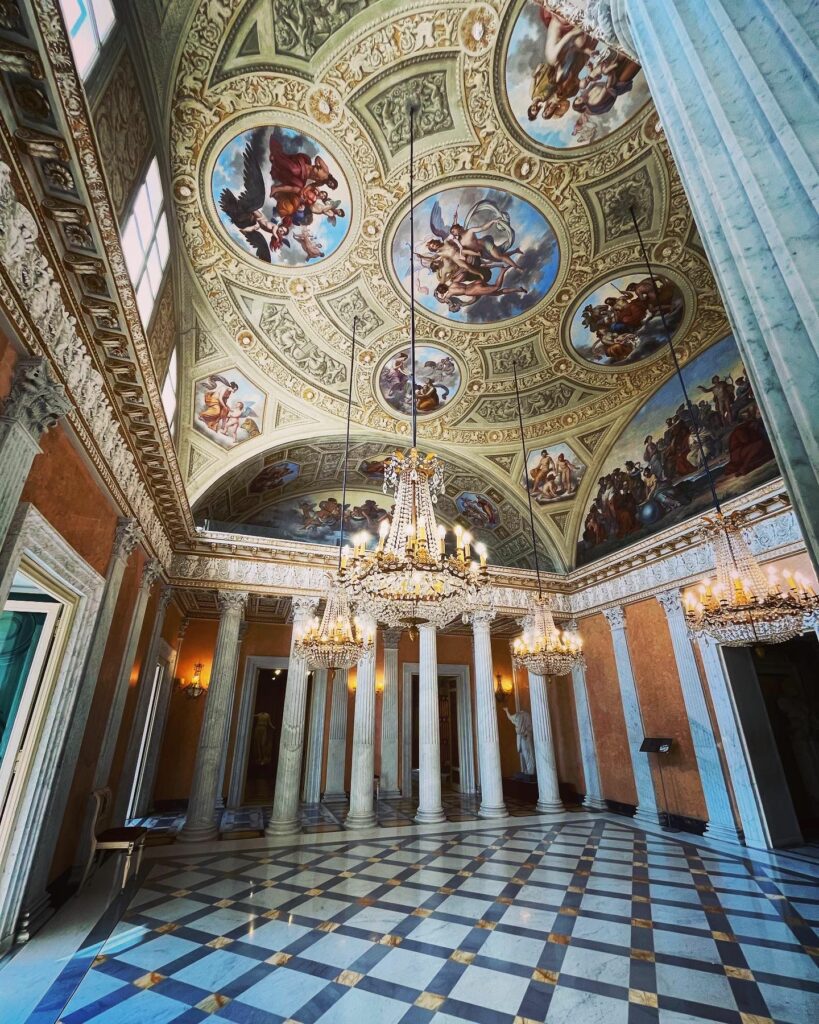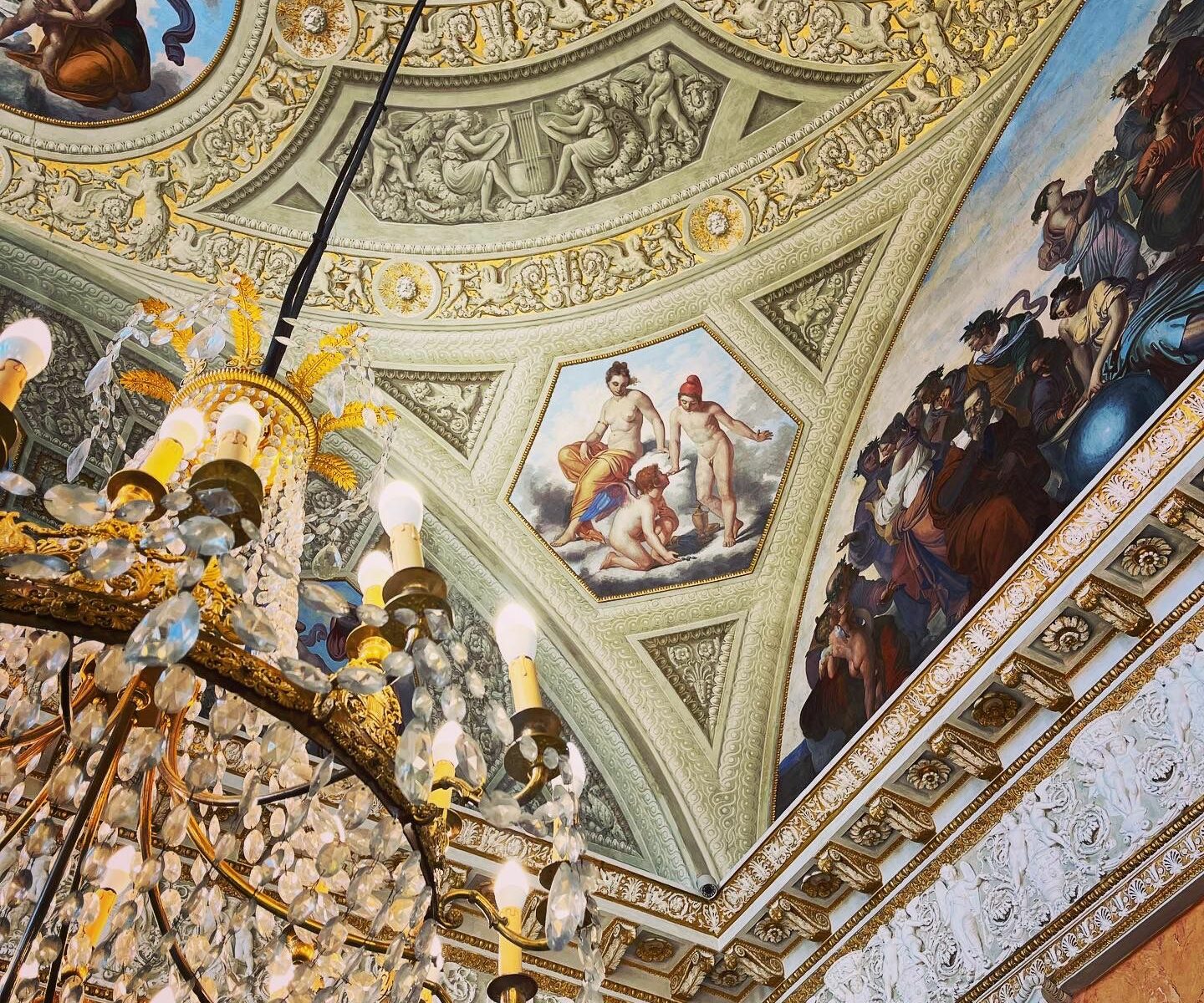
Dual Ec(h)o of Rome: Magic in Rome – Coppedè, Villa Torlonia and Parioli
Quartiere Coppedè
 “Quartiere” means “neighborhood” in Italian. Even so, Coppedè is a small area, not more than a square and a few streets. The place is named after architect Gino Coppedè, who designed this unique place between 1916 and 1927.
“Quartiere” means “neighborhood” in Italian. Even so, Coppedè is a small area, not more than a square and a few streets. The place is named after architect Gino Coppedè, who designed this unique place between 1916 and 1927.
The first time I visited Quartiere Coppedé I could not believe my eyes. I felt like I was not in Rome anymore! The whole place is a bizarre mixture of different art styles. Mostly Liberty and Art Deco, you can also spot gothic, classical, and Arabic influences. Once I stepped through the monumental entrance arch, I immersed myself in a proper fairytale.
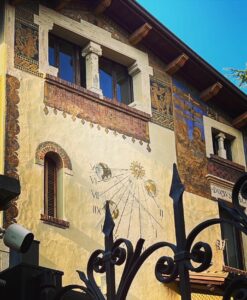
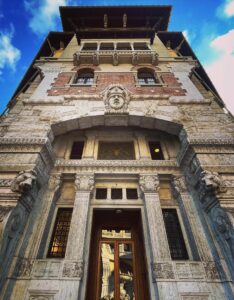
The little Mincio Square hosts the Fountain of the Frogs, inspired by a fountain from Gian Lorenzo Bernini in the Jewish Quarter. All around, the villas and palaces display many surprising symbols and details. The Spider Palace (Palazzo del Ragno), faithful to its name, hosts a large spider on its facade. The beautiful Villino delle Fate on the other side is a beautiful mix of paintings, arches, and towers.
This place definitely has a magical atmosphere. Even one of the most famous Italian horror movie directors, Dario Argento, chose it to shoot some of his movies.
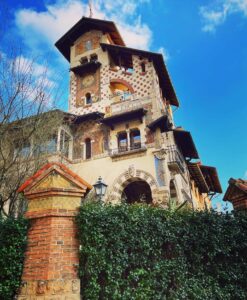
Personally, I love to simply walk to Quartiere Coppedè to admire all the little secret details of its architecture. It might be a bit far from the city center, but it is worth a visit!

When I visited Rome for the first time, I was totally prepared to be surrounded by ancient wonders and iconic ruins. You know, the classic stuff everyone associates with the Eternal City—Colosseum, Pantheon, Vatican Museums. What I definitely didn’t expect was to find anything modern or, honestly, something with such a magical charm!
I’ve always loved those fancy, decorative styles, the kind that feels like it’s hiding a story or a mystery. So, when I randomly stumbled into the Coppedè district, it felt like I’d unlocked a secret part of the city. Sure, I’d heard about this little neighborhood before, but I had no idea it would be this breathtaking and surreal. It’s hard to put into words—it’s like stepping into a dream where every detail whispers a secret. Let me tell you, it doesn’t feel like just a beautiful decoration hanging there—it’s almost like a portal, an invitation to leave behind the ordinary and dive into something extraordinary.
The first thing that caught my eye was this antique chandelier. How magical it looked—like something straight out of a fairytale. It’s not just a fancy decoration; it feels like an invitation to step into another world. There’s more to it. The chandelier isn’t just about beauty—it’s a symbol of light, which is actually linked to the Masons, that mysterious group known for their hidden knowledge. Maybe these buildings were even secret meeting spots for them or they are… The lion heads and Minerva masks could be symbols of their strength and wisdom.
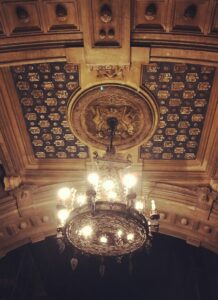
It almost feels like this chandelier is a doorway between everyday life and the enchanting, dreamlike world of Coppedé. Walking under it is like stepping out of modern times and into an ancient Roman fantasy with a surreal twist.
Besides that, the Frog Fountain that Valerio mentioned has some really interesting details. The frogs aren’t just sitting in one place—they are both in the water and on dry land, which symbolizes some kind of transition between life and death. It’s almost as if they exist in both worlds at once.
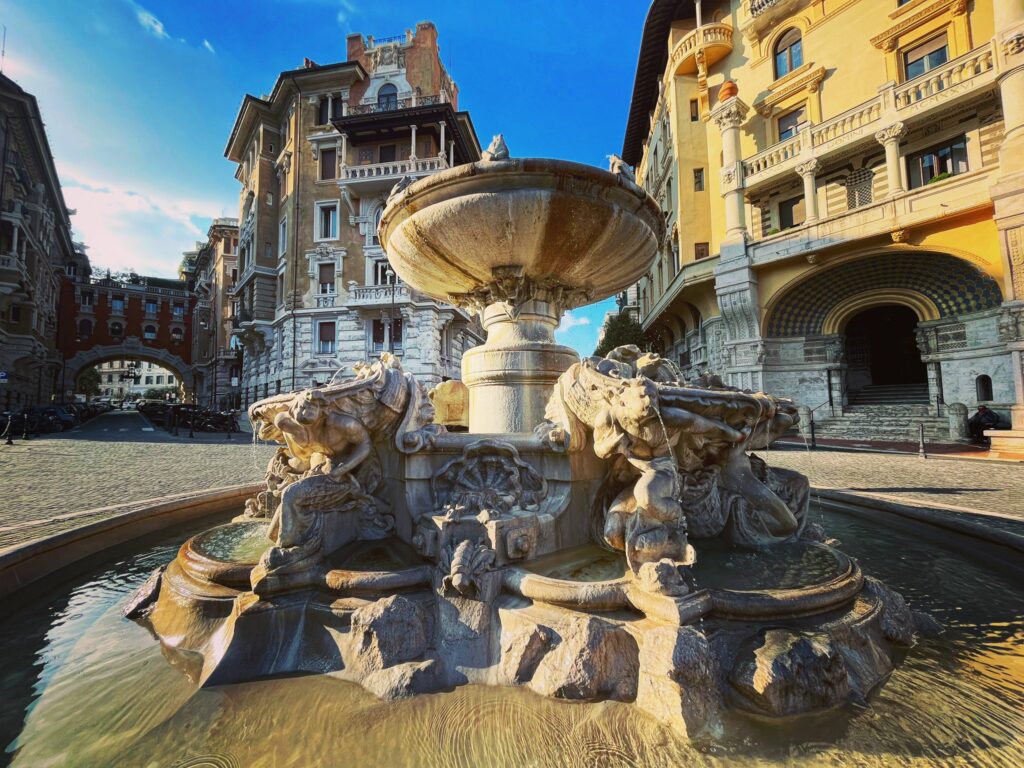
What’s even more fascinating is that there are exactly 12 of them. This number isn’t random—it carries a lot of symbolic weight. There are 12 months in a year, representing the passage of time, and 12 apostles in Christianity, which ties the fountain to a deeper spiritual or religious meaning. It’s one of those artistic details that might seem simple at first but actually holds a lot of hidden layers.

Villa Torlonia
I am sure you already heard of Villa Borghese, the most famous park in Rome. But have you ever heard of Villa Torlonia?
Just a short walk away from Quartiere Coppedè, Villa Torlonia is not one of the main tourist hotspots, but still worth a visit. The Villa was originally the home of the noble Torlonia family (hence the name), and it is now a public park. The Casino Nobile, the main building in the park, even hosted the Italian dictator Mussolini and his family for some years.
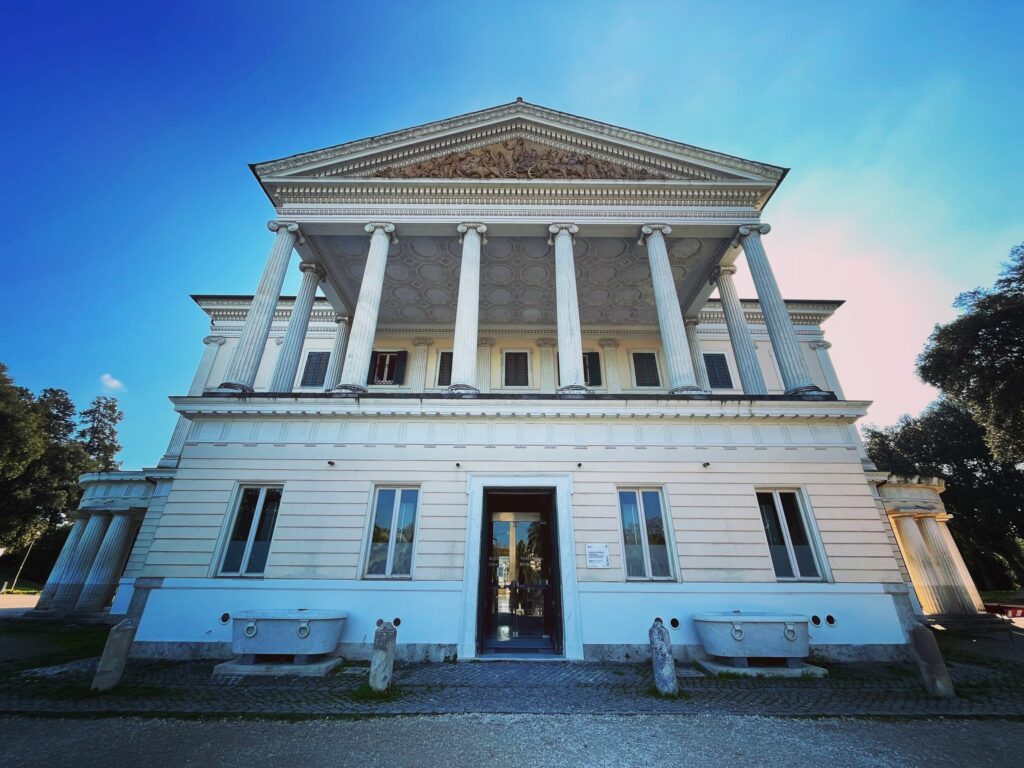
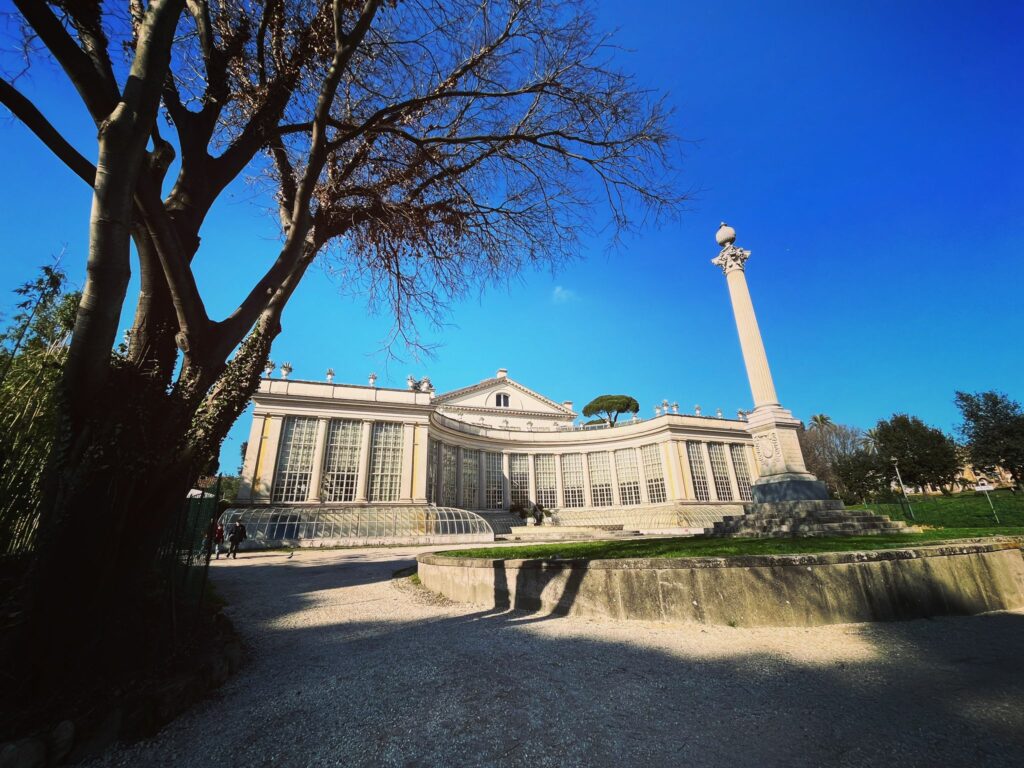
A bit like Coppedè, the park is a blend of many styles. Most of the buildings are from the 19th century, with some renovated after World War II. The gardens are styled in a typical English manner. The jewel of the park is, in my opinion, the Liberty-style Casina delle Civette (The Owl House).
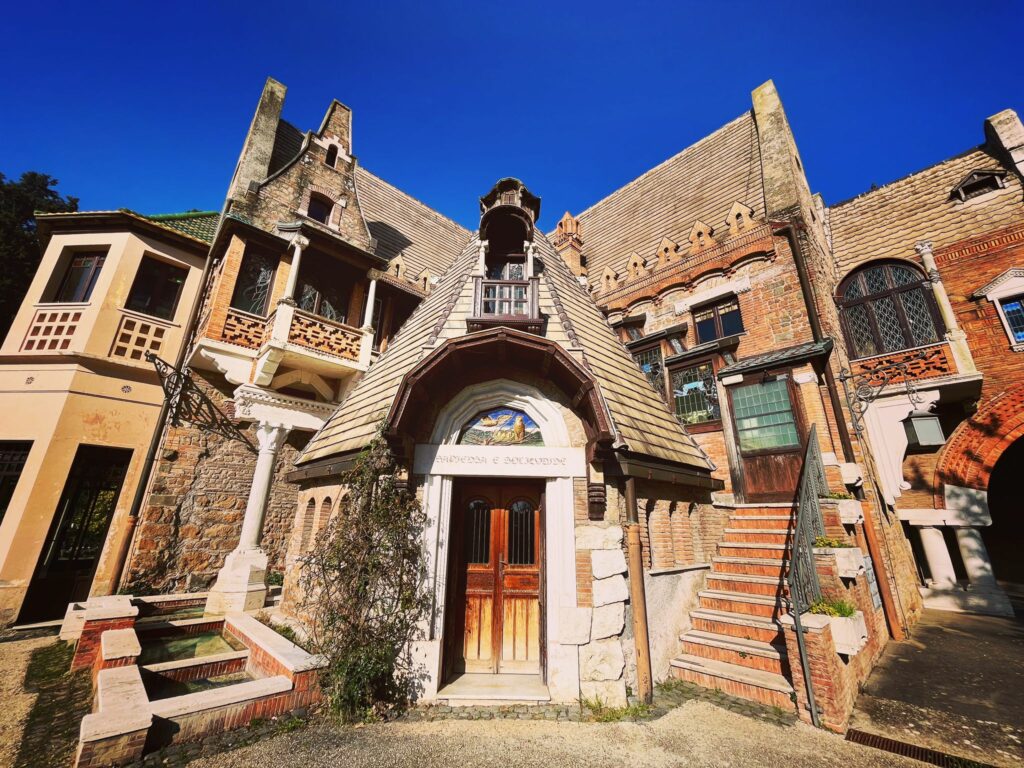
I do not exaggerate when I say that the Casina delle Civette is one of my favorite buildings in Rome. It is small, yet there is something in its chaotic beauty that I find relaxing and cozy. The Casina is a mix of towers, pretty glass windows, and colorful roofs. If you thought that Quartiere Coppedè was magical, then Casina delle Civette will bewitch you as well. The mysterious and esoteric vibe of the place is undeniable!
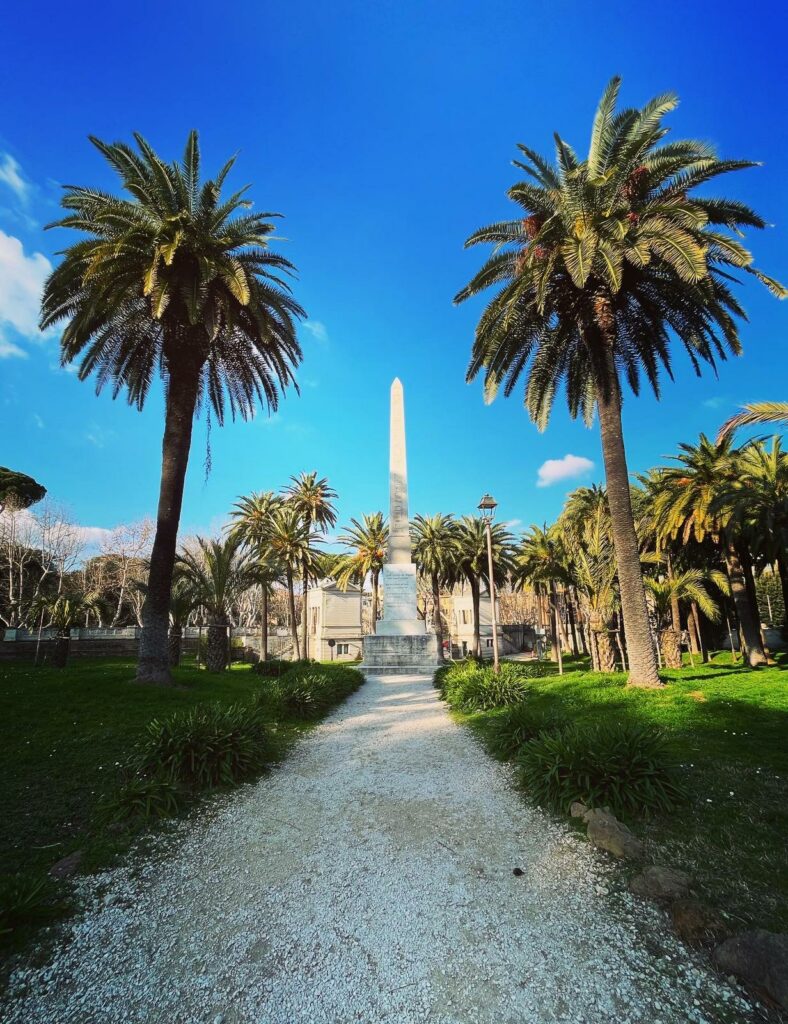
My last recommendation? When the weather gets good, do as Romans do, bring a towel and chill under one of the many pine trees.


Parioli Neighborhood
Allow me to spend a few words about the nearby Parioli neighborhood, just outside the entrance of Quartiere Coppedè. For Romans, this neighborhood is synonymous with luxury.
If you stroll through its streets, you will discover beautiful buildings and palaces, important embassies, and LUISS University, a prestigious private university. If you want to discover Roman nightlife, the legendary Piper Club is located just a 5-minute walk from Coppedè.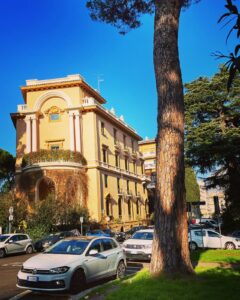
This neighborhood is so famous here, that it even inspired a new word: “Pariolino“. We use this term when we want to talk about somebody who is clearly rich and well-dressed. Just a friendly reminder: this word can also mean “snob,” so it’s a good idea to be careful when using it around your Roman friends!

